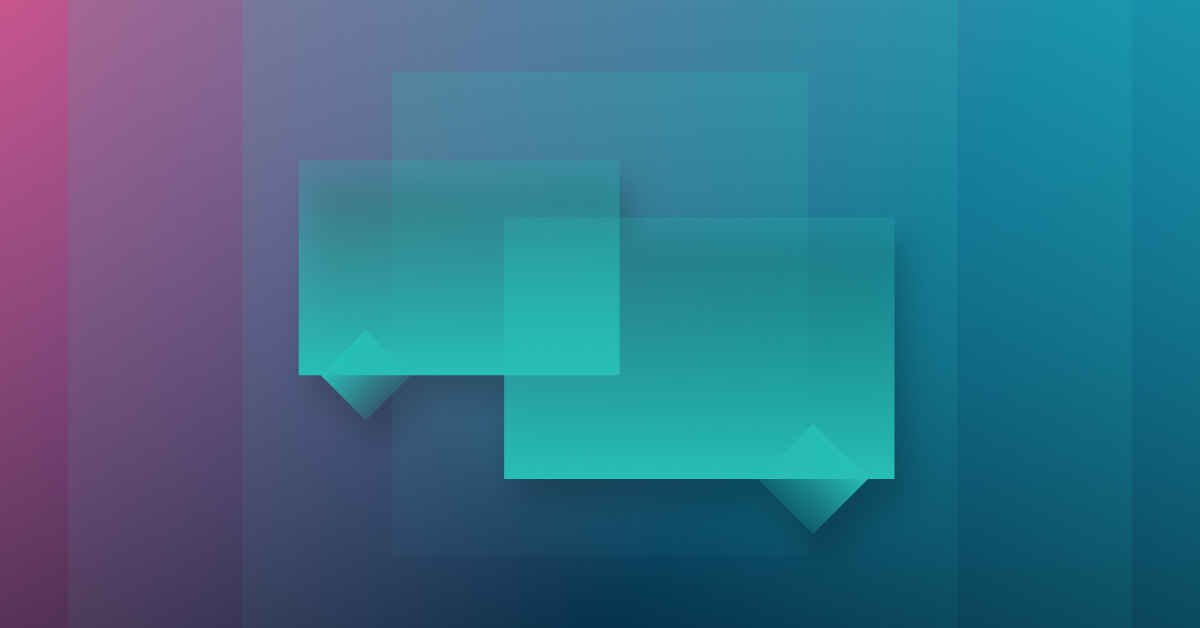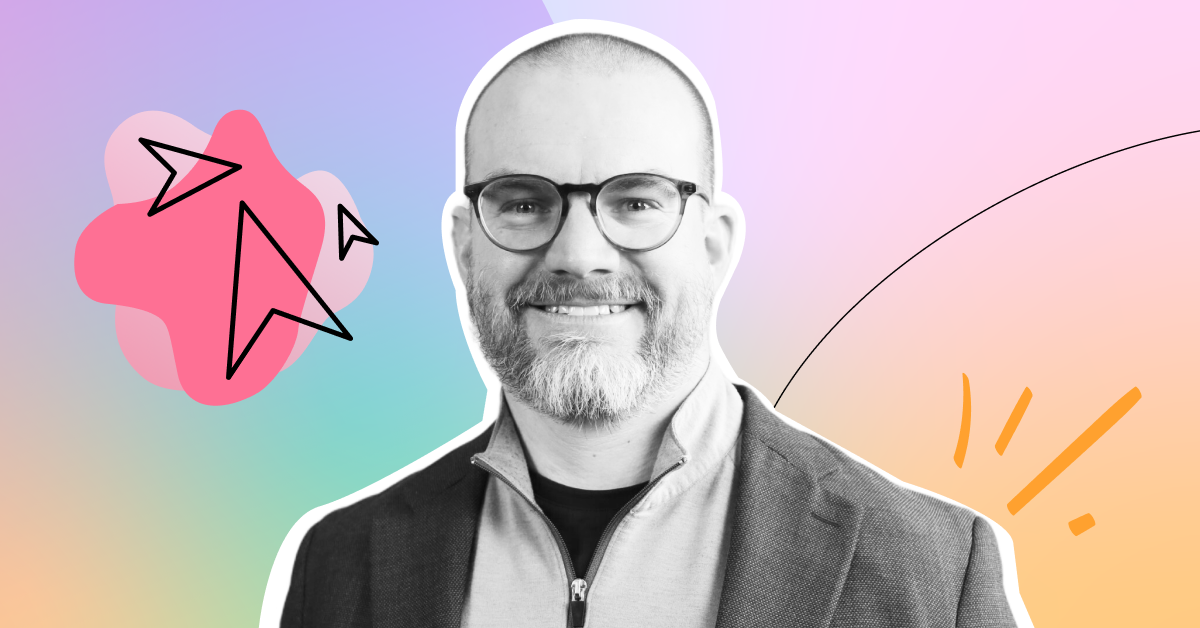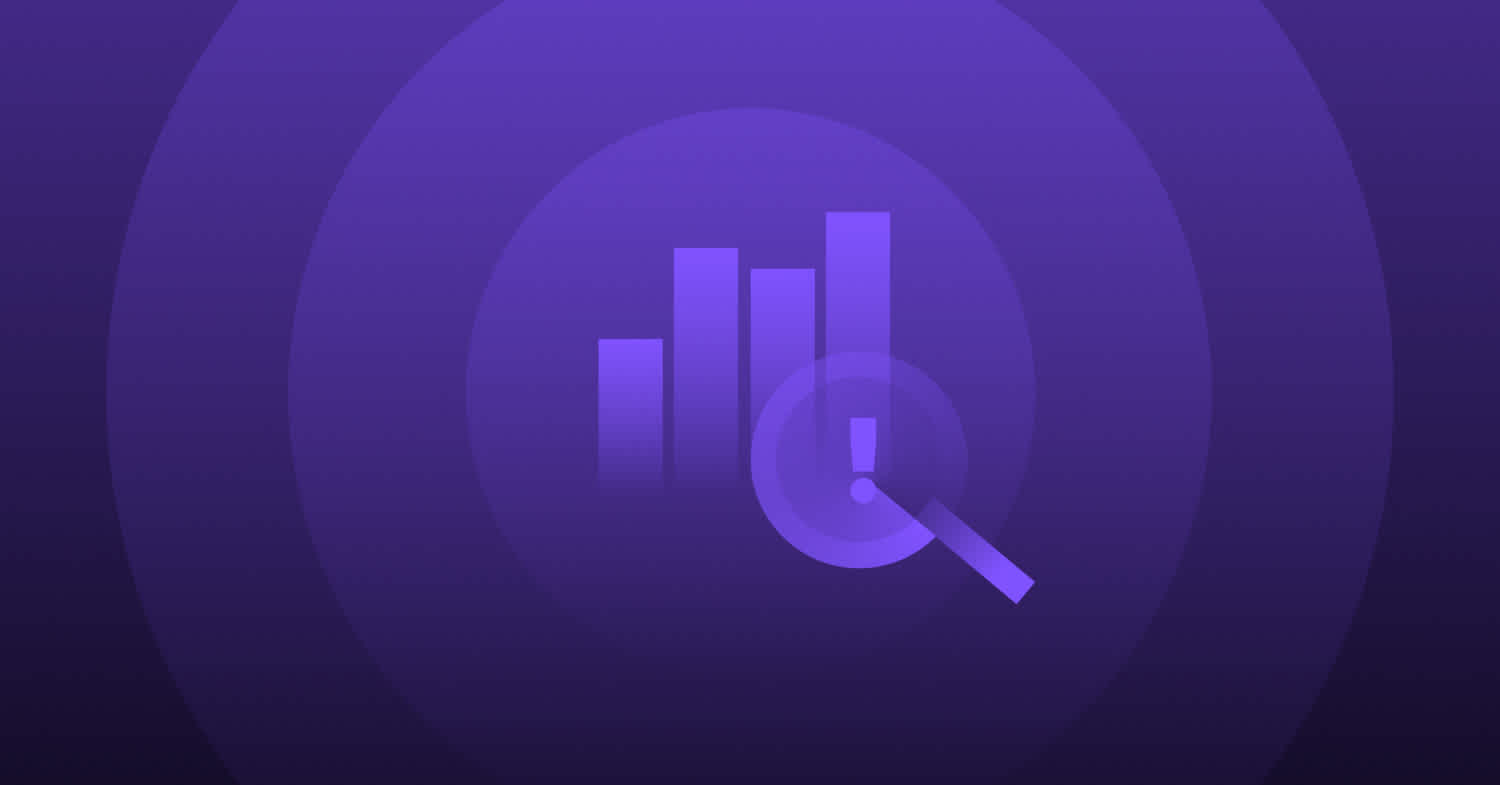8 product design interview questions to ask (or answer)
If you’ve been on LinkedIn lately (or read literally any business newsletter), you’re probably well aware that the job market is hot, hot, hot. For tech companies, in particular, the competition to attract and retain talent is the fiercest it has been in decades. Product design interview questions are a crucial part of the job interview process for both candidates and hiring managers, helping to identify the right fit for product design roles.
And with more transactions being conducted digitally, many savvy companies are hiring product and UX designers to help build better digital experiences. If you’re preparing for your next job interview as a product designer, understanding what employers are looking for can give you a significant advantage.
This means that product designers are in high demand, and they have plenty of options. For those doing the hiring, ensuring long-term employee satisfaction and retention starts with choosing the designer who’s the best fit for the job. A well-structured interview process is essential for selecting the right candidate and avoiding hiring bias.
Here are eight product designer interview questions to ask to gain a meaningful understanding of your candidates.
1. What’s an example of a user experience that you think is broken?
A passionate product designer shouldn’t need to hem and haw over this one—if they love user experience and understand the importance of identifying user problems, they’ll have an answer at the ready.
Have them critique the experience from multiple angles, and then ask them to speculate on how it ended up that way. This question helps assess a candidate's problem-solving skills by revealing how they approach and solve problems in product design, especially when addressing user problems that impact the overall experience.
2. Can you give an example of something recent that inspired you?
This is essentially the opposite of the above question, and gives the candidate the opportunity to talk about a user experience—or a single element of one—that they find excellent. Encourage candidates to provide examples from their own experience to illustrate how they draw inspiration and apply it in their work. You can follow up by asking them if and how they took that inspiration back to a project they were working on. Asking candidates to “provide an example of a time when…” is also a great way to gauge their introspection and willingness to talk about when things didn’t go right. Reviewing sample answers or examples can help candidates prepare for this type of question.
3. What type of work or project do you not enjoy doing?
Talking about what you like to do is easy when you’re interviewing. Talking about things you’d rather not do (while remaining professional)? Well, that’s trickier. Candidates don’t want to seem lazy or overly particular, but it can be telling to hear how someone talks about work that’s less-than-thrilling.
It’s unlikely that the outcome of the interview will hinge on this response, but understanding what types of projects a candidate isn’t interested in helps you assess how they might fit into your team, as well as evaluate the candidate's ability to adapt and the breadth of the candidate's skills.
4. How do you know when you’ve gotten a design right?
Answering this question gives the candidate an opportunity to demonstrate how they analyze and measure user experiences—whether newly launched or on an ongoing basis. Incorporating user feedback, especially positive feedback from usability testing or surveys, can help indicate a good answer to whether a design is successful. Not having an answer to this question is likely a bad sign, as it points to the practice of launching product experiences and never checking in on how they’re being used.
Additionally, this allows the candidate to mention the tools and softwares they use to measure and monitor their designs, as well as how they identify a wrong answer or design flaw as part of making informed design decisions. This is a good place for you to dig deeper into what kinds of metrics they typically look for and leads you into the next question.
5. Describe a time when you’ve used data to solve a problem.
Demonstrating strong problem-solving skills is crucial in product design, as designers are often tasked with solving problems that impact both users and business needs. The ability to demonstrate data-driven decision making is important in any role, but especially in product design. Ideally, this question will lead the candidate to talk about a time when they noticed some type of user friction and then proposed a change to make the experience smoother. Ask the candidate to describe a previous project where they used data to solve problems and align their design decisions with overall business needs.
For example, a product designer who uses Fullstory might see in their Dashboard that an element on the login page is causing a frustrating user experience. The designer can build a case that this issue should be fixed by combining the qualitative data of a Session Replay tool to provoke user empathy with metrics that quantify how many users are having this frustrating experience.
6. How have you worked closely with software engineers?
Understanding how a candidate views cross-team collaboration is important both from efficiency and cultural standpoints, and well-defined processes play a crucial role in ensuring effective teamwork across disciplines.
You can dive deeper into this question by asking them to describe a time when they pushed on engineering constraints to get something done, and conversely, an example of a time when they had to relinquish something they cared about. When working with engineers, the ability to ask clarifying questions and demonstrate strong communication skills is essential for resolving misunderstandings and achieving shared goals. This helps you understand how the candidate approaches and navigates tradeoffs in the design process.
7. Can you walk me through your approach to prioritizing features and balancing business goals?
When it comes to prioritizing features and balancing business goals, my approach always starts with the user. I begin by conducting user research to uncover user needs, preferences, and pain points, ensuring that the features we prioritize will have a meaningful impact on the overall user experience. I also take into account technical constraints and collaborate closely with cross-functional teams—including engineers, marketers, and stakeholders—to understand what’s feasible within our timeline and resources.
To ensure a structured approach, I often use frameworks like the MoSCoW method or impact-effort matrices to evaluate which features will deliver the most value to both users and the business. I analyze market trends and competitor offerings to identify opportunities for differentiation, and I make sure to align our feature set with the company’s business goals. By balancing user needs with business objectives and technical realities, I help create a final product that is both user-centered and commercially successful.
8. How do you apply interaction design principles in your work?
As a product designer, applying interaction design principles is essential to creating products that are not only functional but also enjoyable to use. My process begins with designing intuitive and user-friendly interfaces, always keeping user needs at the forefront. I create interactive prototypes to visualize and test design ideas, allowing for early feedback and rapid iteration.
Usability testing is a key part of my workflow—I conduct usability tests with real users to identify any friction points and gather actionable feedback. This helps me refine the design to ensure it’s easy to navigate and meets accessibility standards. I also pay close attention to responsiveness and provide clear feedback within the interface, so users always know what to expect. By focusing on interaction design, I strive to create seamless user experiences that delight users and drive engagement.
9. Tell me about a time you provided constructive feedback to a teammate.
In my previous role, I was part of a cross-functional team working on a new digital product. During the design process, I noticed that a teammate was having difficulty with a particular aspect of interaction design, which was affecting the overall user experience. I approached them privately and offered constructive feedback, suggesting alternative design solutions and offering to collaborate on refining their approach.
We discussed different options and tested a few interactive prototypes together, ultimately landing on a solution that improved usability and aligned with our project goals. My teammate appreciated the feedback and the opportunity to learn, and our collaboration resulted in a stronger final product. This experience reinforced for me how valuable constructive feedback and open communication are in the design process, and how they contribute to both personal growth and team success.
7. Have them walk you through a key project in their portfolio.
And ask “why” about everything. Asking a candidate to explain why they made every small decision on a project lets you see inside their mind.
Encourage candidates to discuss their product design projects, highlighting their design decisions and demonstrating the candidate's understanding of key concepts. Ask them to explain how they used user personas and considered user preferences in their project. Prompt them to describe how they improved or analyzed an existing product. Request details about their approach to information architecture, visual design, UX design, and UI design within the project. Encourage candidates to discuss their use of user testing and how they engaged with design communities as part of their project process.
Were their choices based on data, experience, or gut? Why did the project exist in the first place? What made it important to the business? How did it impact the users? Why did they choose to walk through this project in particular? What lessons did they learn or what would they have done differently?
The amount of insight you can gain from this exercise is endless.
8. What’s your dream tech stack?
Every product designer has a different set of tools they like to use, from project management tools such as JIRA to user survey tools such as Qualtrics. But asking your candidate the components of their tech stack can demonstrate their interest in—and capabilities of—pushing the boundaries of their role.
Ask candidates which design blogs and design conferences they follow to stay updated with the latest trends and best practices. Discuss the importance of a growth mindset in learning new tools and approaches, as this shows their willingness to adapt and improve. Inquire about their experience designing products for both digital and physical products, as this highlights their versatility. Mention the value of analytics tools that gather data over long periods to provide comprehensive insights into user behavior and product performance. Ask how their preferred tech stack helps them prioritize features and align with company values and the company's goals.
Enter behavioral data platforms like Fullstory. When product designers are familiar or comfortable with using Session Replay as a way of gathering qualitative and quantitative information about real-life users to improve their work, it’s a major force multiplier.


